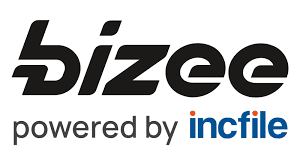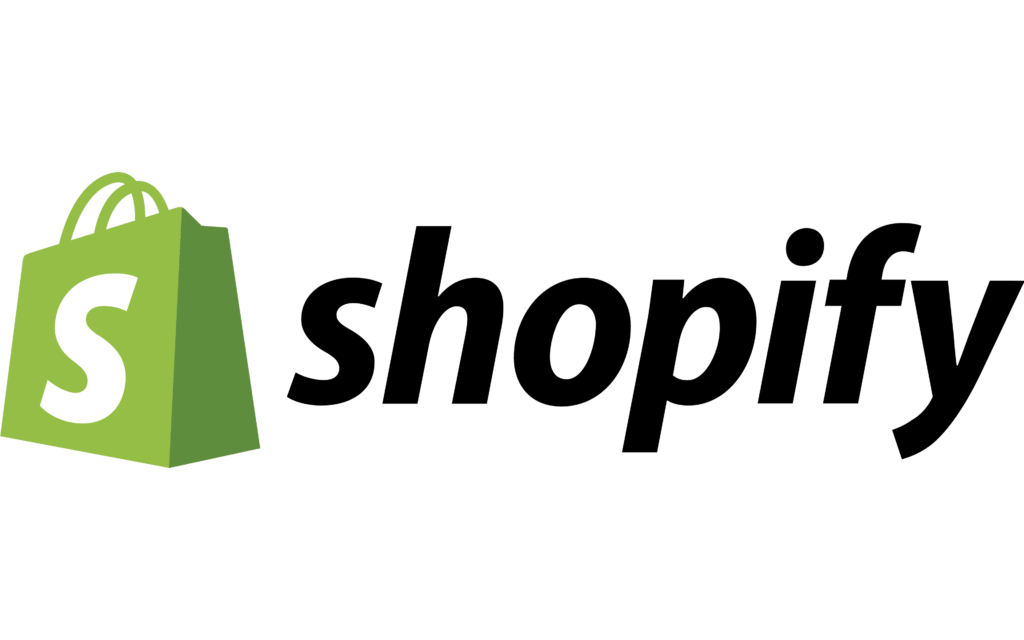Starting a digital business sounds exciting, and it is. But it also comes with a ton of moving parts. From choosing the right business structure to figuring out how to grow without burning out, there’s a lot that can trip you up if you’re not careful. Whether you’re launching a course, service, or e-commerce store, this guide walks you through how to form your business the right way and scale it smartly.
Step 1: Choose the Right Business Structure
Before you launch a website or collect your first payment, you need to choose your business type. If you’re just getting started, forming an LLC is usually the safest and most flexible option.
Why LLC?
- It protects your personal assets.
- It looks more professional.
- You can separate business and personal finances.
- It’s easier to manage than a corporation.
If you’re not sure how to form an LLC, consider using tools like Bizee, Northwest Registered Agent, or Tailor Brands. These services can walk you through the paperwork, keep you compliant, and even help with getting an EIN.

- Special $39 pricing to form your company
- Well-established and trusted service
- Includes free registered agent service for 1 year ($125 value)
- Privacy is guaranteed so your info stays off public records
- Fast filing and processing times
BEST OVERALL FOR BUSINESS FORMATION
- Form your LLC for $0 + get an extra 35% off
- Includes branding and tax assistance
- Access to a 24/7 priority support team
- Fast and efficient LLC filing services
- Expert guidance throughout your business journey
BEST FOR QUICK AND AFFORDABLE BUSINESS FORMATION

- Pricing starts at $0 + state fees (although we recommend 99% of users choose the Gold or Premium plans)
- Free registered agent service for 1 year
- Easy-to-use dashboard
- No hidden fees and no contracts
- 24/7 fast and friendly customer service
BEST FOR EFFORTLESS BUSINESS FORMATION
Step 2: Register Your Business and Get an EIN
Once you’ve decided on your structure, you need to:
- Register your business with your state.
- Apply for an EIN from the IRS (you’ll need this to open a business bank account and file taxes).
Most registered agent services will handle the EIN for you, or you can apply for free on the IRS website.
Step 3: Set Up Your Business Finances
One mistake a lot of first-time entrepreneurs make is mixing personal and business funds. That leads to confusion, tax headaches, and missed write-offs. Open a business checking account right away.
Step 4: Build an Online Presence That Converts
You don’t need a fancy site to get started, but you do need one. Pick a simple platform like:
- Shopify if you’re selling products

Starting from $17/month
Sign up for a free trial and enjoy 3 months of Shopify for $1/month on select plans
Key Features
AI-powered product recommendations and marketing
Advanced fulfillment and inventory management
Seamless omnichannel selling
Why We Recommend It
Storage and Bandwidth:
Unlimited storage allows you to upload as many products and images as needed
Unlimited bandwidth means your site can handle many visitors and lots of activity without slowing down
Extras and Inclusions:
Secure, integrated payment gateway, with transaction fees waived if you use Shopify Payments
Access to an extensive app store to add features and functionality
Built-in tools for SEO, marketing, and analytics
Pros & Cons
- Comprehensive store management tools
- Wide range of themes and apps
- Excellent 24/7 customer support
- It can get expensive with additional apps and transaction fees
- Limited SEO capabilities compared to other platforms
- Kajabi, if you’re launching a digital product or coaching program
Get 30-Day Free Trial Built-in course and membership site management Storage and Bandwidth:
Starting from $89/month
Email marketing and automation tools
Advanced analytics to track user engagement
Unlimited hosting
There are no specific limits on bandwidth
Extras:
Marketing automation tools
Webinar and event tools
- Hostinger + WordPress if you want full control of a budget
Starting from $2.49/month
Launch your website from US$ 2.49 /mo + 3 extra months & free domain
Key Features
Extremely affordable
User-friendly control panel
LiteSpeed Cache for faster loading times
Why We Recommend It
Storage and Bandwidth:
30 GB SSD storage
100 GB bandwidth
Extras:
Free SSL certificate
Pros & Cons
- Low starting price
- Good performance for the price
- No free domain in the lowest-tier plan
- Support can be slow during peak times
Your homepage should clearly say:
- What you do
- Who it’s for
- What problem do you solve
- How people can take action (book a call, join a list, buy now)
Don’t overthink the design. Focus on clarity and trust.
Step 5: Capture Leads from Day One
The biggest asset in your business is your email list. Don’t wait until “later” to start building it.
Use tools like:
- Kit to create opt-in forms and automate welcome emails.
Starting from $25/month
Start your 14-day free trial
Key Features
Email marketing automation for creators and small businesses
Customizable email templates and landing pages
Subscriber management with advanced segmentation and tagging
Why We Recommend It
Simplifies email marketing with easy automation tools designed for creators and small businesses
Provides customizable templates and landing pages to enhance engagement
Helps organize and target subscribers with advanced segmentation for more effective campaigns
Pros & Cons
- User-friendly platform with powerful automation features
- Great for creators and small businesses
- Flexible subscriber management tools for targeted campaigns
- Limited advanced features compared to some other email marketing platforms
- Higher pricing for larger email lists or advanced plans
- A lead magnet like a checklist, guide, or mini-course to encourage signups.
- A clear CTA (call to action) on every page of your site.
Step 6: Create Content That Drives Traffic
You don’t need to be on every platform. Choose one that fits your style, like YouTube, TikTok, or blogging, and go all in.
What to focus on:
- Answer common questions your ideal customers are asking.
- Share what you’ve learned or what’s working for you.
- Post consistently, even if no one is watching yet.
SEO (search engine optimization) is your long-term traffic machine. Use tools like SEOPress or Semrush to optimize blog posts, product pages, or landing pages for keywords people are searching for.
Starting from $10.83/month (yearly)
14 Days Free-Trial
Key Features
Extensive SEO toolkit with analytics and reporting
Keyword research, site audit, and competitor analysis tools
Content marketing and social media management features
Why We Recommend It
Provides a comprehensive set of tools for digital marketing
It helps improve website visibility and search engine ranking
Supports a wide range of marketing activities beyond SEO
Pros & Cons
- Very detailed and comprehensive data
- Regular updates with new features and improved capabilities
- Integrates with other digital marketing tools and platforms
- It can be overwhelming for beginners
- High subscription cost for advanced features
Step 7: Offer Value and Make Sales
You don’t need a perfect offer to start making money. Focus on solving one clear problem for a specific type of person.
Examples:
- “I help real estate agents get leads from Instagram.”
- “I help moms lose weight without cutting carbs.”
- “I help freelancers automate client onboarding.”
Keep your first offer simple, test your messaging, and use client feedback to improve. You can always raise prices later.
Step 8: Automate and Scale
Once you’re making sales, look for tasks you can automate or delegate. Some starting points:
- Use GoHighLevel to automate lead nurturing and follow-ups.

Get an exclusive 30-day free trial to GoHighLevel when you sign up!
You'll also get our free pre-built snapshot, which includes done-for-you templates and automations, as well as a bunch of bonuses!
Key Features
Email Marketing: Create and send professional emails using a drag-and-drop editor, AI-powered content generation, and a variety of templates.
Marketing Automation: Design automated workflows to engage customers based on their behavior and preferences, enhancing personalization and efficiency.
Website and Landing Page Builder: Develop responsive websites and landing pages with customizable templates to capture leads and drive conversions.
Why We Recommend It
Simplifies marketing efforts by consolidating essential tools into one platform
Streamlines client relationship management with automation features
Provides comprehensive insights into campaign performance to optimize results
Pros & Cons
- Consolidates multiple marketing tools into a single platform
- Strong automation features for CRM and marketing campaigns
- Powerful analytics for tracking and improving performance
- Can be complex for beginners to navigate
- May require additional setup time for full customization
- Set up canned email replies using Mailbutler.
Use our Code to get 15% discount: CHARLIECHANGMEDIAMB Email Tracking & Scheduling: Monitor when recipients open your emails and schedule messages to be sent at optimal times, even if your email client is closed Mailbutler improves your existing email client, be it Gmail, Apple Mail, or Outlook. By adding powerful productivity features without requiring you to switch platforms. Its AI capabilities and collaboration tools make it ideal for professionals and teams aiming to streamline their email workflows
Starting from $3.95/month
AI-Powered Smart Assistant: Utilize AI to draft responses, summarize lengthy emails, and identify tasks within messages, streamlining your email management
Shared Inbox Collaboration: Assign emails to team members, share notes and tasks, and manage shared inboxes like info@ or sales@ directly within your email client
- Hire a VA (virtual assistant) through platforms like Paired or Upwork.
The goal is to free up your time so you can work on the business, not stay stuck in it.
Final Tip: Don’t Go It Alone
You don’t need to figure everything out yourself. Use tools, templates, and communities to shorten the learning curve. And if you want a step-by-step playbook for forming your business and growing it from scratch, check out more resources on StartupWise.

